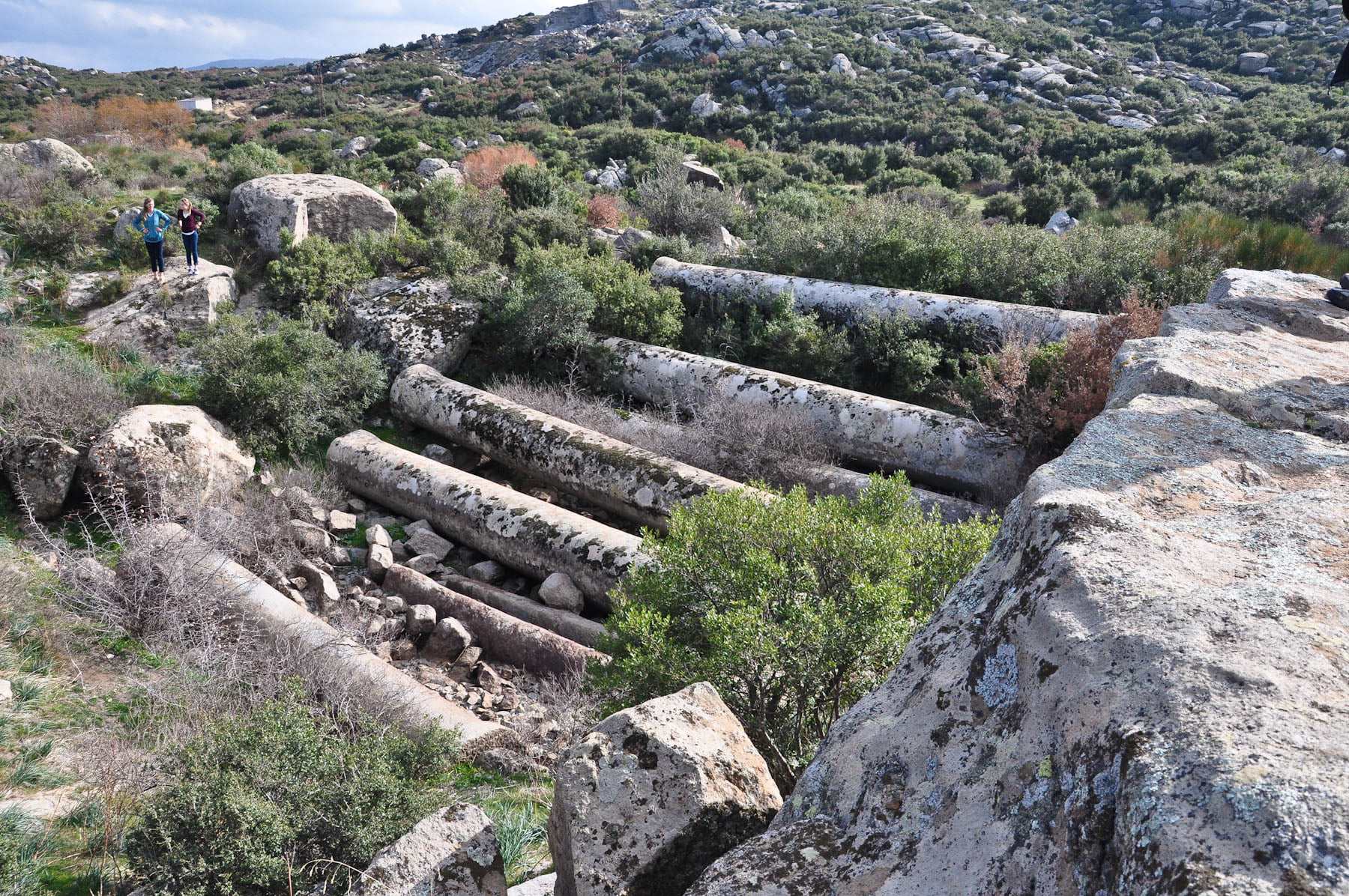Alexandria Troas, known as “Old Istanbul” in Turkey, was the ancient port city in the Troad Region (today’s Ezine District of CanakkaleProvince, Turkey). Paul the Apostle sailed for Europe for the first time from Alexandria Troas and he returned there on his journey from Europe. In 52 BC, St. Paul passed through the port of Anatolia to Europe to spread Christianity.
Alexandria Troas was mentioned also in the Bible:
|
Acts 16:8-10 New International Version (NIV) 8 So they passed by Mysia and went down to Troas. 9 During the night Paul had a vision of a man of Macedonia standing and begging him, “Come over to Macedonia and help us.” 10 After Paul had seen the vision, we got ready at once to leave for Macedonia, concluding that God had called us to preach the gospel to them. |
Why Alexandria Troas is known as “Old Istanbul”?
There are two reasons why Alexandria Troas was known as Old Istanbul. The first is that both Julius Caesar and Emperor Constantine wanted to make Alexandria Troas their capital city. Emperor Constantine the Great had the intention of making Alexandria Troas the new capital of the empire.
The second reason is that some of the architectural elements of the city are reused in the reconstruction of Istanbul. Piri Reis wrote that some architectural elements were moved from this city to Istanbul. He mentions that the city was known as ‘old Istanbul’ because of the use of these architectural elements in the construction of large-scale mosques in Istanbul. Indeed, the architectural elements taken from Alexandria Troas were used in the construction of large-scale religious buildings (eg Valide Sultan Mosque, Piyale Paşa Mosque) built in the 16th-18th centuries in Istanbul.
Location of Alexandria Troas? Where is the Biblical city of Troas??
Alexandria Troas Ancient City is located within the borders of Dalyan Village in the Ezine District of Canakkale.
History of Alexandria Troas Ancient City
It was established by Antigonos Monoftalmos, one of the commander of the Alexander Great, in 310BC, by name “Antigoneia Troas”. In the Antigonos period, the importance of the city is increasing so much that the cities of Gargara, Hamaxitos, Kebren, Kolonai, Larisa, Neandria and Skepsis are evacuated and their inhabitants are emigrated to Alexandria Troas. Antigonos’ policy of forced migration is called “synoikismos” or “synoikisis.
After the defeat of the armies of Antigonos to the armies of Lysimakhos and Seleucus in 301 BC, the city came under the sovereignty of Lysimakhos. During the Lysimakhos period, the name “Antigoneia” was changed to “Alexandria Troas”.
The city then came under the rule of the Roman Empire. After Constantine the Great chose today’s Istanbul as the capital, Alexandria Troas began to lose its old leading position.
The region of Troy was dominated by the Turks in the 14th century.
Buildings in Alexandria Troas
It is known that Alexandria Troas which is one of the biggest cities established in Anatolia. According to the city plan, it covers an area of 390 hectares and 8 km long fortification walls can be traced.
The city is an important settlement with its planned temples, small baths, stadium, fountain, stone-paved street, theater and waterway, and port. Polygonal Structure, Hall with Pody, Temple with Pody, Odeion, Kryptoportikus, Hellenistic Stoa and Herodes Attikus Bath, Nymphaion, East Gate, Theater and Stadion are the ruins of the ancient city. “Herodes Atticus Gymnasium” is one of the buildings that survived in the city. It is important because it is one of the biggest gymnasts in Anatolia.
Foto source: https://www.pinterest.com/pin/621707923531822810/
Herodes Atticus Bath
Herodes Atticus Bath, thought to have been built in 135 BC, is one of the biggest buildings of Alexandria Troas Ancient City and one of the largest baths built in Anatolia in ancient times.
Located in the center of Herodes Atticus Bath, the square-plan space is surrounded by three arches and pedestals that have survived to the present day.
Herodes Atticus Gymnasium
This Gymnasium is one of the biggest gymnasts in Anatolia.
